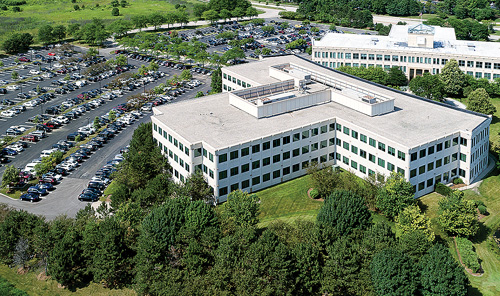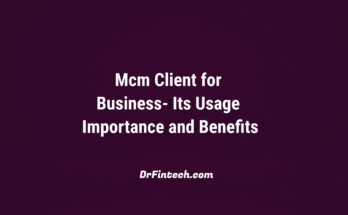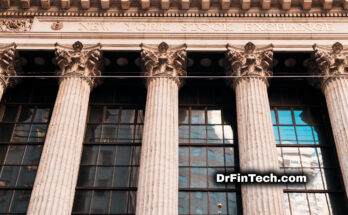Business parks have undergone a remarkable transformation over the years. Evolving from traditional industrial zones into modern, dynamic workspaces that cater to the needs of a diverse range of businesses. This article explores the evolution of business parks, tracing their origins, examining key developments, and highlighting the features that define them as modern workspaces.
Origins of Business Parks
Business parks emerged in the mid-20th century as a response to the increasing need for centralised industrial facilities. Initially, they were characterised by large tracts of land dedicated to manufacturing and warehousing activities. These early business parks were often located on the outskirts of cities, away from residential areas, and featured utilitarian buildings and minimal amenities.
Shift Towards Mixed-Use Developments
There has been a notable shift towards mixed-use developments within business parks in recent decades. Recognising the changing needs of businesses and employees. Developers have begun incorporating a variety of amenities and services into business park environments. This includes retail spaces, restaurants, recreational facilities, and green spaces, creating vibrant and inclusive communities where people can live, work, and play.
Focus on Connectivity and Accessibility
Another significant evolution in business parks is the emphasis on connectivity and accessibility. Modern parks are strategically located near major transportation hubs, including highways, airports, and public transit systems, making them easily accessible to employees, clients, and suppliers. Additionally, many parks offer shuttle services, bike lanes, and pedestrian pathways to encourage alternative modes of transportation and reduce reliance on cars.
Integration of Technology
Technology has played a crucial role in shaping the evolution of business parks. From high-speed internet connectivity to smart building systems,. Businesses in modern parks have access to advanced technological infrastructure that enables them to operate more efficiently and effectively. This includes amenities such as coworking spaces, conference facilities, and telecommuting options, allowing businesses to adapt to changing work environments and embrace remote work trends.
Emphasis on Sustainability
Sustainability has become a key focus in the development of modern business parks. Developers are incorporating environmentally friendly design principles, such as green building materials, energy-efficient systems, and onsite renewable energy generation, to minimise their carbon footprint and promote environmental stewardship. Additionally, many parks feature green spaces, walking trails, and bike paths to encourage outdoor activity and reduce reliance on cars.
Flexible Space Options
One of the most significant changes in modern business parks is the shift towards flexible space options. Gone are the days of long-term leases and rigid office layouts. Instead, businesses have the flexibility to scale up or down as needed, with options for coworking spaces, serviced offices, and short-term leases. This flexibility allows businesses to adapt to changing market conditions. Along with these evolving business needs without being tied down by long-term commitments,.
Cultivating a Collaborative Environment
Modern business parks are designed to foster collaboration and innovation among tenants. Shared amenities such as conference rooms, event spaces, and communal lounges encourage interaction and networking among businesses, leading to new opportunities for partnerships and growth. Additionally, many parks host networking events, workshops, and educational seminars to facilitate knowledge sharing and professional development within the community.
Conclusion
In conclusion, the evolution of business parks reflects the changing needs and priorities of businesses in the modern era. From their humble origins as industrial zones to their current status as dynamic, interconnected workspaces, parks have undergone a remarkable transformation. By embracing mixed-use development, prioritising connectivity and accessibility, integrating technology, and fostering sustainability,. We are redefining the way we work and collaborate.




assumenda facilis nam illum et tempore. ducimus magni praesentium quis et culpa aut inventore doloribus eligendi aut praesentium rem.